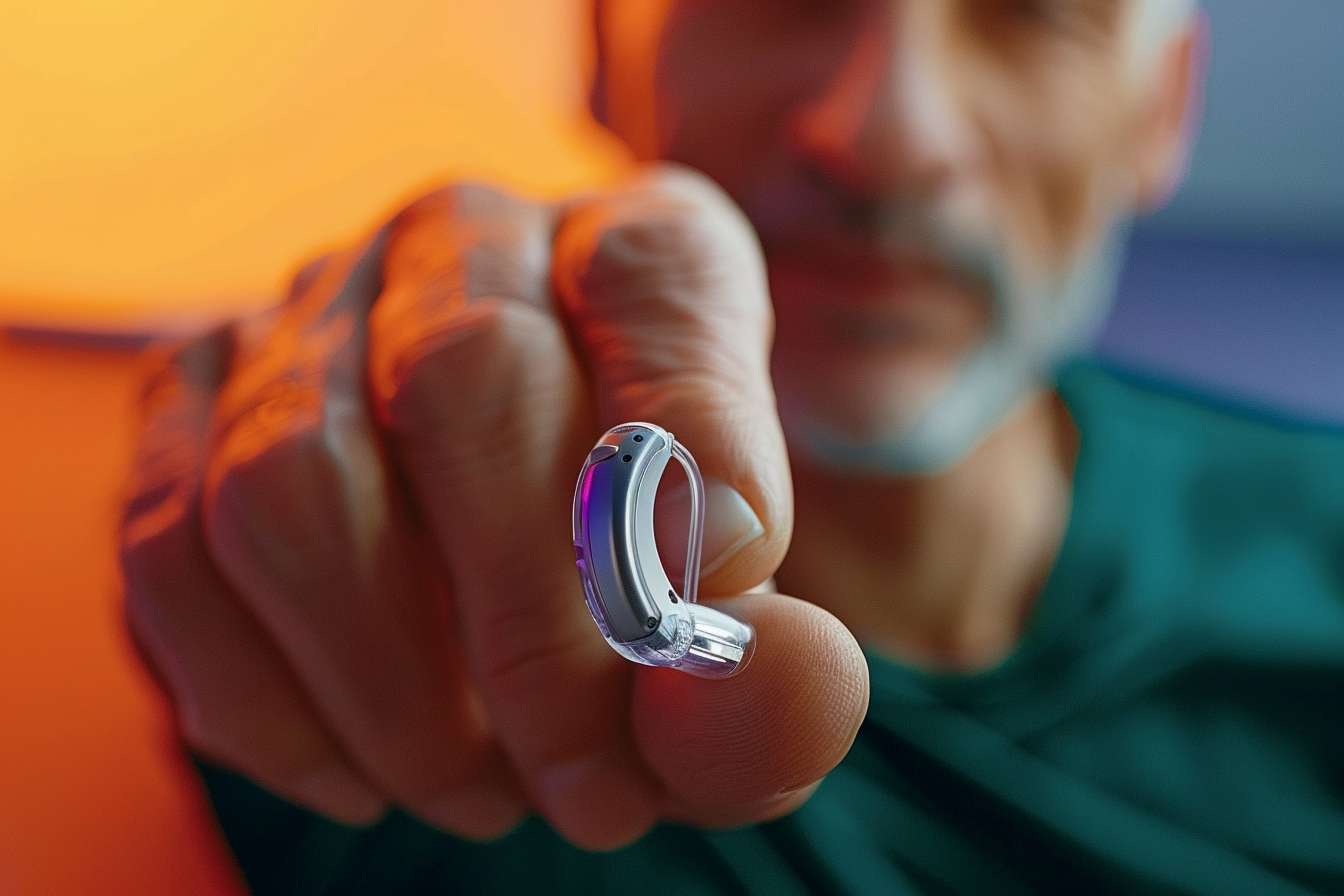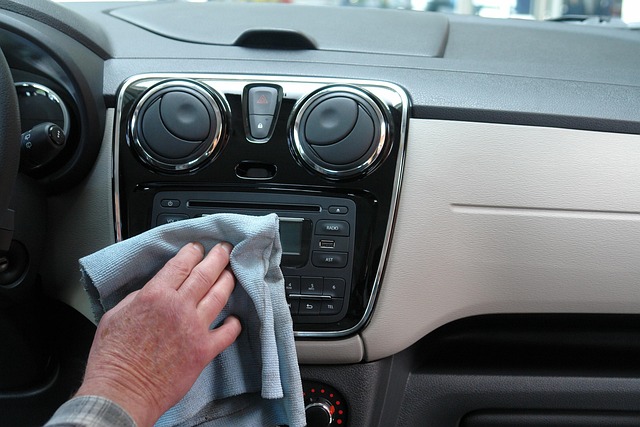Hearing Aids: The Technology Transforming How We Listen in 2025
Hearing loss affects millions of people worldwide, but advances in technology are making solutions more accessible and effective than ever. In 2025, hearing aids have evolved far beyond simple amplification devices. They now incorporate artificial intelligence, wireless connectivity, and personalized sound processing to deliver clearer, more natural listening experiences. Understanding the latest innovations, costs, and options available can help you make informed decisions about your hearing health.

The landscape of hearing assistance has undergone remarkable changes in recent years. Modern hearing aids combine sophisticated electronics with user-friendly designs, offering features that were once considered science fiction. From automatic environment adjustment to smartphone integration, today’s devices provide solutions tailored to individual hearing profiles and lifestyles.
What Makes Hearing Aids in 2025 Different
The hearing aids available in 2025 represent a significant leap forward in auditory technology. These devices now feature advanced digital signal processing that can distinguish between speech and background noise with unprecedented accuracy. Many models incorporate machine learning algorithms that adapt to your listening preferences over time, automatically adjusting settings based on your environment. Bluetooth connectivity has become standard, allowing direct streaming from smartphones, televisions, and other devices. Rechargeable batteries have largely replaced disposable ones, offering convenience and environmental benefits. Additionally, some premium models include health monitoring features such as fall detection and activity tracking, transforming hearing aids into comprehensive wellness devices.
Understanding Hearing Aids Costs in 2025
The financial aspect of hearing aids remains a significant consideration for many individuals. Pricing varies widely based on technology level, features, and provider. Entry-level digital hearing aids typically start around $1,000 to $2,000 per pair, offering basic amplification and noise reduction. Mid-range models, priced between $2,500 and $4,500 per pair, include advanced features like directional microphones, wireless connectivity, and customizable programs. Premium hearing aids can cost $5,000 to $8,000 or more per pair, incorporating cutting-edge technology such as artificial intelligence, superior sound processing, and comprehensive smartphone app control. It is important to note that these costs often include professional services such as fitting, adjustment appointments, and follow-up care. Some insurance plans now offer partial coverage for hearing aids, and financing options have become more widely available. Over-the-counter hearing aids, approved by the FDA in recent years, provide a more affordable option for adults with mild to moderate hearing loss, typically ranging from $200 to $1,500 per pair.
Prices, rates, or cost estimates mentioned in this article are based on the latest available information but may change over time. Independent research is advised before making financial decisions.
Hearing Aids Comparison: Finding the Right Fit
Selecting the appropriate hearing aid requires understanding the different styles and technologies available. Behind-the-ear models remain popular due to their power and versatility, suitable for various degrees of hearing loss. In-the-ear devices offer a more discreet appearance while still providing robust performance. Completely-in-canal and invisible-in-canal options appeal to those prioritizing cosmetic concerns, though they may have limitations in battery life and advanced features. Receiver-in-canal designs strike a balance between performance and aesthetics, representing one of the most commonly chosen styles. When comparing options, consider factors such as your degree of hearing loss, lifestyle needs, dexterity for handling small devices, and budget. Consulting with an audiologist provides personalized recommendations based on comprehensive hearing assessments.
| Provider/Brand | Model Type | Key Features | Cost Estimation |
|---|---|---|---|
| Phonak | Receiver-in-Canal | AI-driven sound processing, Bluetooth, rechargeable | $2,800 - $6,500 per pair |
| Oticon | Behind-the-Ear | Deep neural network processing, health tracking | $2,500 - $6,000 per pair |
| Widex | In-the-Ear | Machine learning, tinnitus relief, app control | $2,600 - $5,800 per pair |
| Starkey | Completely-in-Canal | Fall detection, translation features, rechargeable | $2,700 - $6,200 per pair |
| Signia | Receiver-in-Canal | Own voice processing, Bluetooth streaming | $2,400 - $5,500 per pair |
| Eargo | Over-the-Counter | Self-fitting, discreet design, telecare support | $800 - $2,950 per pair |
Prices, rates, or cost estimates mentioned in this article are based on the latest available information but may change over time. Independent research is advised before making financial decisions.
Evaluating Hearing Aids Prices: What Influences Cost
Several factors contribute to the wide range in hearing aid prices. Technology level plays the primary role, with more sophisticated processing capabilities commanding higher prices. The number and type of features included, such as wireless connectivity, rechargeable batteries, and smartphone integration, directly impact cost. Brand reputation and research investment also influence pricing, as established manufacturers often charge premium rates for their innovations. Professional services bundled with the purchase, including fitting, programming, adjustments, and follow-up care, add value but increase the overall price. Distribution channels matter as well, with audiologist offices, hearing aid centers, and online retailers offering different pricing structures. Some providers include warranties, loss and damage protection, and cleaning services in their pricing, while others charge separately for these services. Understanding what is included in the quoted price helps ensure accurate comparisons.
Making the Most of Your Investment
Maximizing the value of your hearing aids involves more than just the initial purchase. Regular maintenance, including cleaning and professional check-ups, extends device lifespan and ensures optimal performance. Taking advantage of adjustment appointments allows your audiologist to fine-tune settings as your hearing needs evolve. Learning to use all available features, particularly smartphone apps and connectivity options, enhances your listening experience across different environments. Protecting your investment with insurance or extended warranty coverage provides peace of mind. Many providers offer trial periods, allowing you to test devices in real-world situations before making a final commitment. Exploring financial assistance programs, including those offered by nonprofit organizations, veterans benefits, and state vocational rehabilitation services, can help offset costs for eligible individuals.
The transformation in hearing aid technology continues to accelerate, bringing better sound quality, increased convenience, and improved quality of life to millions of people. While costs remain a consideration, the expanding range of options at various price points makes effective hearing assistance more accessible than ever. By understanding the available technologies, comparing providers and products, and working with qualified professionals, you can find solutions that meet both your hearing needs and budget. As technology advances and competition increases, the future promises even more innovative and affordable options for those seeking to improve their hearing.
This article is for informational purposes only and should not be considered medical advice. Please consult a qualified healthcare professional for personalized guidance and treatment.




